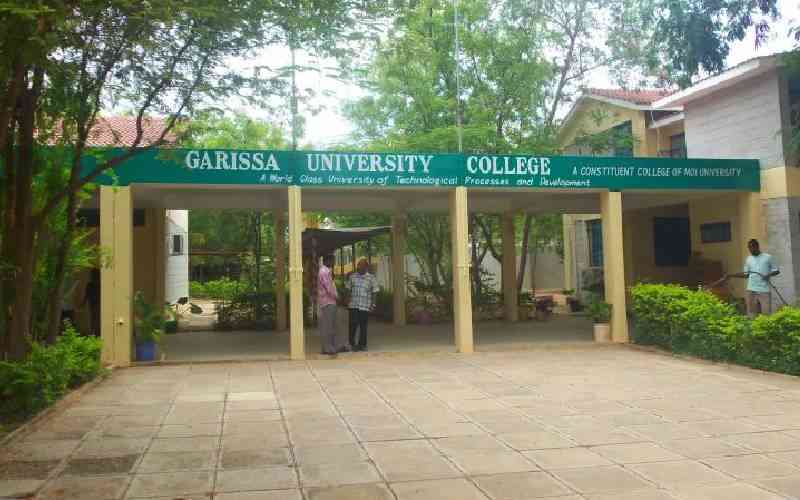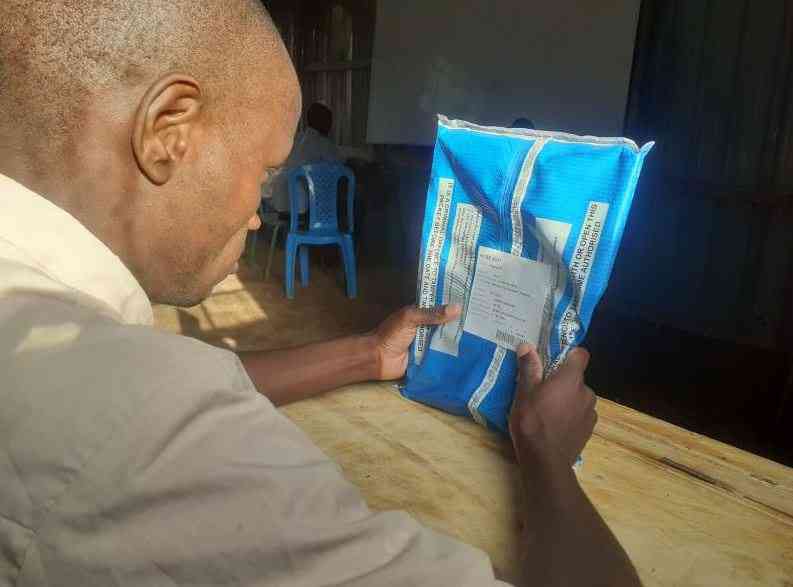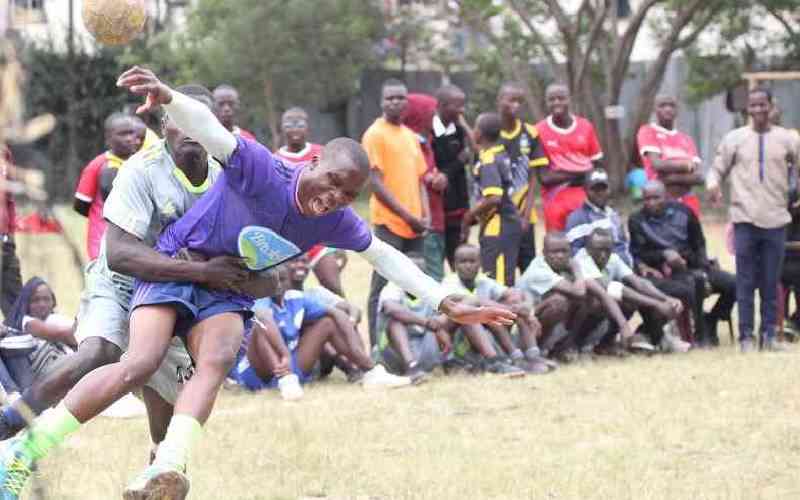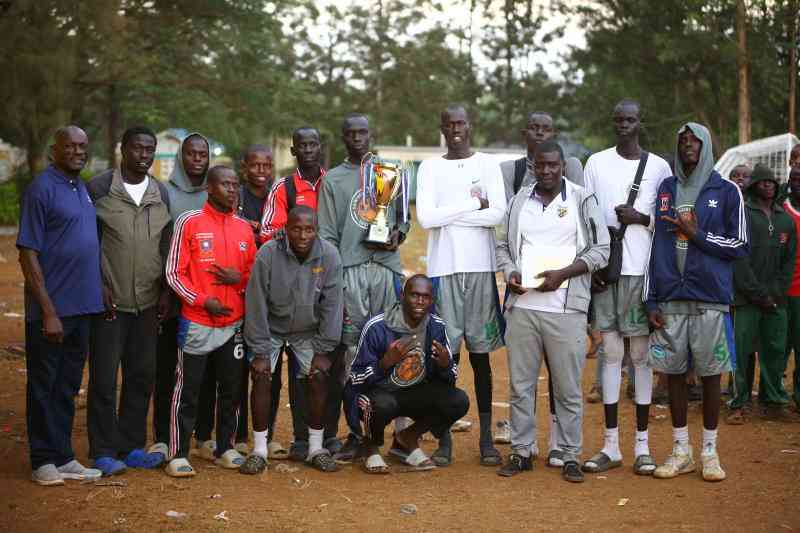Prior to the attack in Garissa University, security forces had, through coordinated operations secured Nairobi, making it an impenetrable target of terrorists. Gamadere had proposed that the attacks be focused beyond the city and that his home county of Garissa offered prime targets. The terrorist attack on 2nd April 2015 at Garissa University had the second highest number of lives lost (the highest being the 1998 US embassy bombing in Nairobi) most of them young students from all over the country.
Fortunately, this is not how the story of Garissa University ends. While the University commemorates the attack every year, lest the slain students are forgotten, it has, like the mythical phoenix, chosen to turn the saddest moment in its history into a story of hope, resilience and unity. Indeed, the University through its Institute of Peace and Security Studies has made great strides in advancing research and knowledge on conflict resolution.
Notably, this attack drew attention to all universities and institutions of higher learning as it emerged that the youth at universities were vulnerable as targets and as executors. Indeed, two of the attackers, Abdirahim and Khalid had dropped out of other Kenyan universities to join Al Shabaab. This realisation and subsequent efforts would come in handy in 2016 when Daesh in Syria and the Levant started to directly target university students in their online recruitment rhetoric. Luckily, because of the focus brought about by the Garissa University attack, security forces were not caught flat-footed, but swiftly disrupted the recruitment networks.
At the same time, in realisation of the need for a framework to secure institutions of learning and build resilience of the students and communities against violent extremism, the National Strategy to Counter Violent Extremism was formulated and adopted in 2016 under the coordination of the National Counter Terrorism Centre (NCTC), who are also the implementors. The NSCVE gives a clear vision of reducing and eliminating violent extremism by encouraging individuals and organizations to reject violent extremist ideology, in order to shrink the pool of radicalization and recruitment.
The strategy prioritises measures to counter and prevent violent extremism through ten thematic areas (pillars) for interventions. These are: the faith-based, security, education, psychosocial, media & online, gender, arts & culture, political, legal & policy and economic pillars. To cascade the implementation of the strategy to the local level, each county, again under the coordination of NCTC generated a County Action Plan (CAP) depending on their circumstances and their level of interaction with the threat of terrorism.
The CAP is implemented by a secretariat chaired by the Governor and the County Commissioner, bringing together various players including the media, civil society, the private sector, the local community representatives, security representatives and the youth.
The Garissa County CAP prioritised the following pillars: ideology, economic, education, political, security and media. Under the ideology pillar, faith leaders have come together and fought the narratives perpetrated by extremists. Visiting clerics recognised globally for the push-back against extremist narrative have been injected into this pillar. Indeed, last February, Sheikh Hassan Usama, a cleric globally known for his campaign against the narratives (himself having been an extremist on the frontlines before defecting) visited the University under the invitation of NCTC and held conversations on tolerance and peaceful coexistence with the students and community leaders.
Under the education pillar, NCTC has undertaken trainings on terrorism and resilience for most universities, for both staff and students. Indeed, every freshmen/women induction curriculum contains a section on security awareness and terrorism. NCTC has also developed a policy, namely, the Child Safety and Security Against Violence Extremism(CSSAVE) for implementation by trained teachers in schools to 'immunize' children against violence extremism.
Involvement of political leaders as decision makers on matters affecting the communities on political participation and improving livelihoods are also prioritised under the political and economic pillars, while engagements with the media as a key stakeholder in reporting and shaping opinions and attitudes, have been undertaken under the media pillar.
Under the security pillar, administrators from the border sub-counties have also been engaged and trained on the threat of terrorism and community participation. Universities are assessed regularly for physical vulnerability to attacks. Measures to ensure sustainable physical security are being implemented and upgraded continually in conjunction with the universities' security departments.
Garissa university, in particular is a beneficiary of these assessments every six months. The community's relations with the security actors are also the subject of ongoing engagements, with lots of gains in this area.
The government continues to implement measures to ensure safety in the country - securing borders, augmenting the role of the security forces, introducing more stringent financial controls, strengthening criminal justice systems and most importantly, involving the communities as a preventive measure since an enlightened population acts as the first line of defence against perpetration of radical ideologies. In order to sustain these gains in the face of the dynamic realities of the terrorism threat, all Kenyan sectors need to remain united, resilient and focused.
Suffice it to say that lots of gains have been made under the existing multi-agency response framework, and the same are being subjected to measurement tools to empirically determine impact. We must never forget all the Kenyans who have paid the ultimate price, victims of attacks and security forces alike, who lost life and limb, and those who still suffer the effects of terrorism. Indeed, this commemoration is dedicated to them, lest we forget.
That said, we must remember that it takes just one terrorist attack to reverse these efforts and as such we must not let our guard down. All of us as Kenyans are jointly and severally responsible to uphold and guard these successes in our eternal spirit of cooperation, determination and resilience. Indeed, we are each other's keepers!
Dr Nyawira is Director, National Counter Terrorism Center
 The Standard Group Plc is a multi-media organization with investments in media
platforms spanning newspaper print operations, television, radio broadcasting,
digital and online services. The Standard Group is recognized as a leading
multi-media house in Kenya with a key influence in matters of national and
international interest.
The Standard Group Plc is a multi-media organization with investments in media
platforms spanning newspaper print operations, television, radio broadcasting,
digital and online services. The Standard Group is recognized as a leading
multi-media house in Kenya with a key influence in matters of national and
international interest.
 The Standard Group Plc is a multi-media organization with investments in media
platforms spanning newspaper print operations, television, radio broadcasting,
digital and online services. The Standard Group is recognized as a leading
multi-media house in Kenya with a key influence in matters of national and
international interest.
The Standard Group Plc is a multi-media organization with investments in media
platforms spanning newspaper print operations, television, radio broadcasting,
digital and online services. The Standard Group is recognized as a leading
multi-media house in Kenya with a key influence in matters of national and
international interest.










